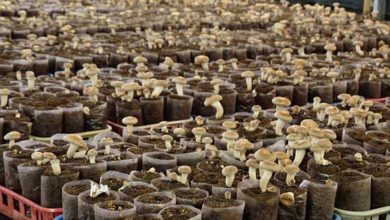How to Plant Jujube: [Complete Guide]

The Jujube (Ziziphus jujuba), also known as jinjolero, is a tree native to Asia, mainly in China and India.
Although jujube is currently grown in any tropical or temperate climate. In Spain it became a very common tree and was even used to build the Spanish Armada in 1585.
Important Points when Sowing Jujube:
- When? Preferably once winter has passed. Although it can also be done before winter.
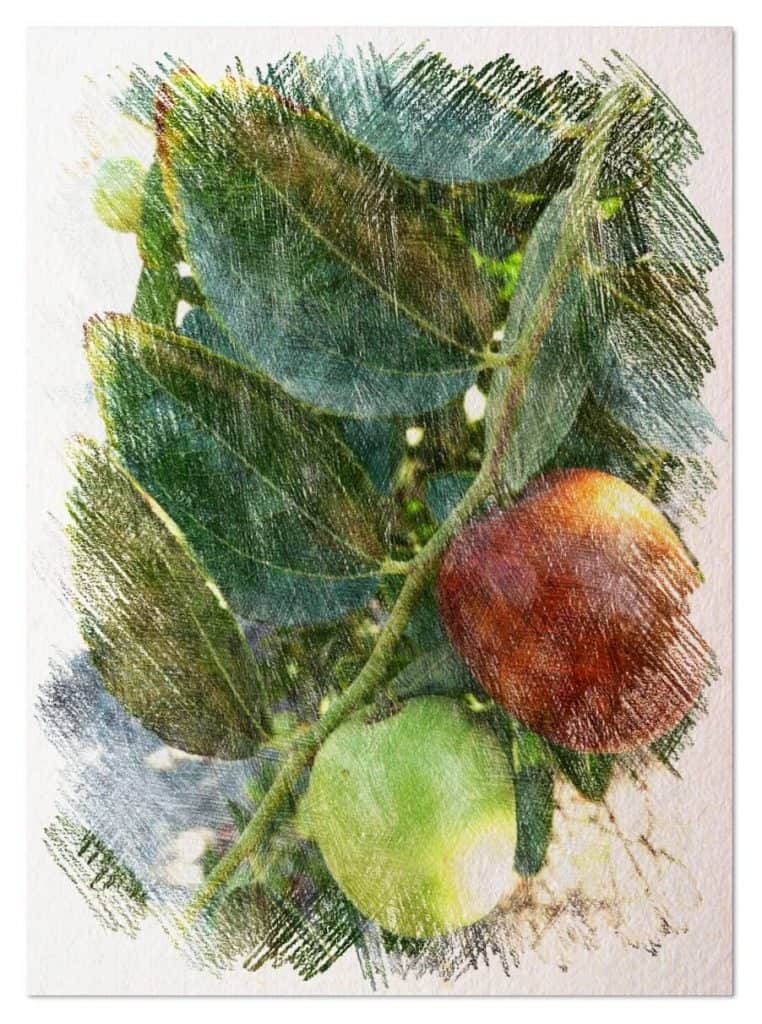
- Where? It grows well in temperate climates and needs light (but doesn’t need many hours). Be very careful when planting it near other trees, because the jujube spreads a lot.
- Growing time? It is a tree that grows slowly, however in a period of 2 years it may be bearing the first fruits.
- How big can you get? Well planted and with the right conditions, this tree can reach more than 12 meters.
- How do we prepare the land? Good contribution of organic matter, earthworm humus and other organic fertilizers. We avoid weeds.
- What type of soil does it require? Loose soil, slightly dry and with good drainage. With a pH between 7 and 8.
- How do we water? It is drought resistant, so once the tree is slightly large it can be sustained by rainwater. At first we will give it water at least twice a week, with drip irrigation.
- Plagues and diseases? Mainly rust. Although there are types of molds, flies and worms that can attack the fruit. It is generally a hardy tree.
Characteristics of the jujube or jinjolero
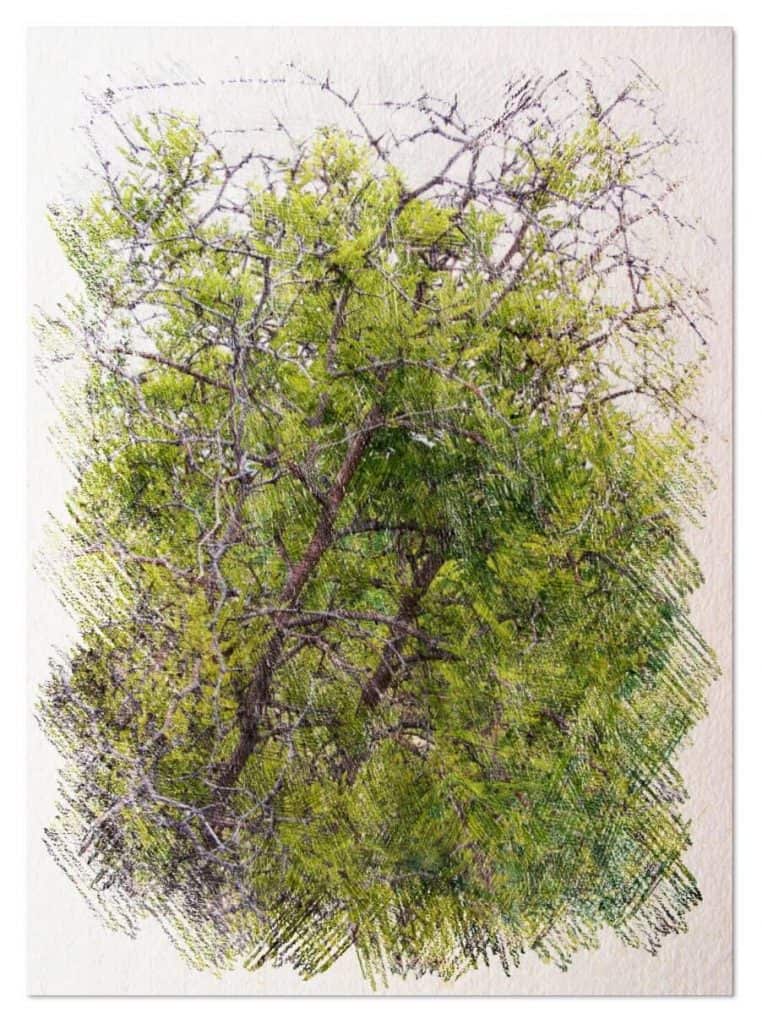
Canget to grow 12 meters high;however, everything will depend on soil moisture. For example, in dry and cold areas this bush does not exceed four meters.
It is a very slow-growing tree and usually reaches two or three meters in height in cities due to little space to root. Its trunk is straight and with quite wrinkled bark. They are usually very showy and leafy trees due to their extensive branching.
Likewise, it contains spines to protect itself from predators. Its wood has been highly valued for making musical instruments such as the famous Stradivarius, the tenora, among others.
It has slightly light greenish leaves.
They are oval in shape, sometimes ending in a point. These measure from 2 to 7 centimeters in length. In addition, it also produces greenish -yellow axillary flowers 3 to 4 millimeters in diameter.
in the northern hemisphere It blooms between April and August.
It has an edible fruit known as Jínjol. It looks like an olive and is approximately 3 centimeters long. Even so, there are varieties that can reach six centimeters in length.
It has a bone with one or two seeds depending on the species and its skin is green when it is not yet ripe.
Later it turns from a brown to reddish color which means that it is ready to consume. It is a sweet fruit, with light green to yellowish pulp and floury texture.
When to plant jujube? dates and times
It is recommended that you plant this tree a littlebefore the cold season or after it.
In general it is a tree that grows very easily. Normally after the first year the Jujube bears fruit being the most common time in late summer or early autumn (for the northern hemisphere).
Where do we plant jujube? light and temperature
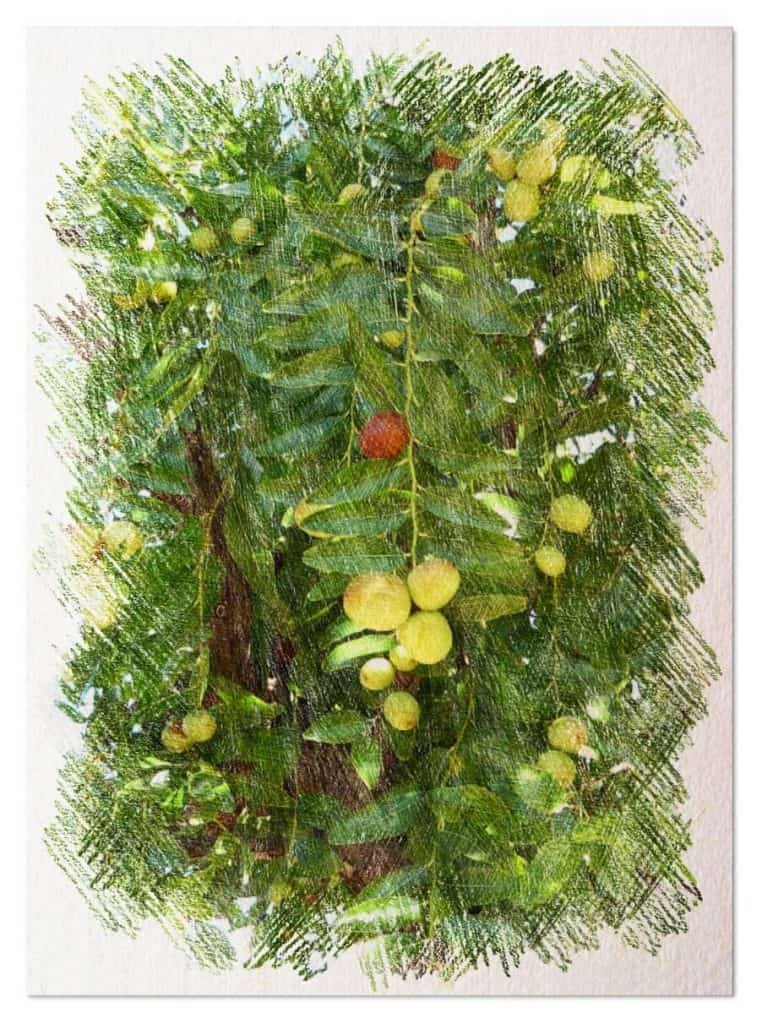 The jujube is a species with a root system that expands quite a bit and can become the star of the entire area around it.
The jujube is a species with a root system that expands quite a bit and can become the star of the entire area around it.
Therefore, if you want to plant other trees around it, make sure they are at adistance of about six meters minimum.
Another option that you can take into account is to plant it in a fairly large pot to allow it to develop in such a way that it can bear fruit.
The type of soil depends on the species.
For example, the Chinese jujube does well in temperate climates withstanding light frosts. It thrives very little in very humid and hot climates. Likewise, the altitude it requires is a minimum of 900 meters.
On the other hand, the Indian jujube grows very well in tropical climates, with rains and at lower altitudes.
How to prepare the land? pH and organic matter
Both species preferslightly dry soils with good drainage.
At the beginning of its development it is recommended that you provide it with organic fertilizers or fertilizers (such as calcium nitrate) or with phosphate content.
As for the required pH levels, it is recommended that they be neutral (7) or slightly alkaline (8) soils.
If you consider that the soil is too dry, add compost based on earthworm humus so that the tree can retain moisture.
On the other hand, if you have a very clayey soil, add drier substrates based on minerals or fibers. However, the type of soil is not such a decisive aspect for the tree since it is capable of thriving in fairly poor soils.
How do we water the jujube?
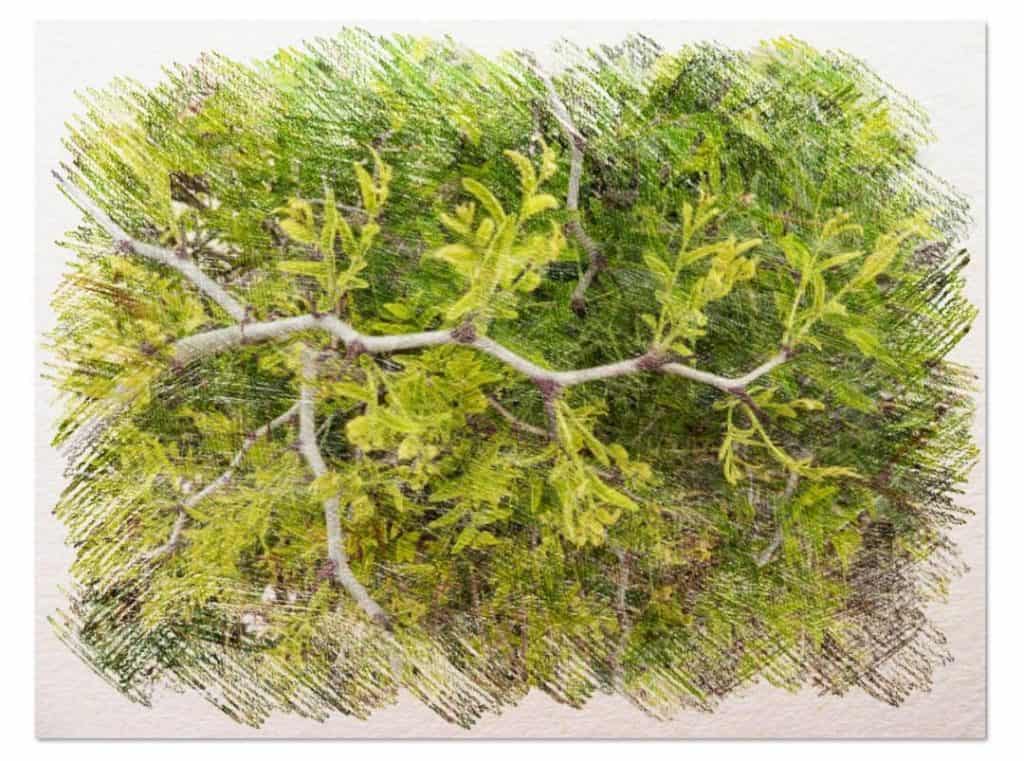 It is a tree with few water requirements.
It is a tree with few water requirements.
Just watering it once a month is enough since, as mentioned, it is quite resistant and requires very little maintenance.
Remember that it is better that you feel the soil slightly dry than for the tree to flood; however, you’re better off keeping it somewhere in the middle.
How do we plant jujube step by step?
The jujube can be sown both from seeds and from cuttings:
Sowing by seeds (4 steps)
- This type of reproduction is quite simple, to speed it up, you can break the bone that surrounds the seeds or let them soak in cold water for two whole days. Another thing you can do is buy the seeds.
- First, you have to make a shallow hole, which is not too deep, and place between 8 to 10 seeds.
- Subsequently, cover with soil without crushing and provide plenty of water.
- It is recommended that you add the manures or fertilizers until the plant has started to sprout.
Planting by cuttings (4 steps)
- This option is also very common.
- You can cut the cutting of a tree that you already have, make sure it is a young branch and that it is at least 20 centimeters long and has between 5 to 7 buds (there is no problem if there are more).
- Later, make a hole in the ground and bury the branch vertically .
- Likewise, water abundantly and do not press the soil around it.
What favorable associations does it have?
As already mentioned, it is a tree that expands its root system quite a bit, which cancause damage to other treessince a competition of nutrients is generated.
It is best if you plant it several meters apart or in individual pots.
What pests and diseases does the jujube have?
Rust is one of the main pests that attack jujube, especially the Chinese variety in tropical climates.
On the other hand, the Indian variety is commonly attacked by a type of mold called (Cidium) which is identified by causing black spots and fruit rot. This disease is usually combated with sulfur – based fertilizers.
Other common and no less important pests are flies and worms that directly attack the fruit.
To prevent them, it is recommended that you prune the tree regularly, removing the branches that are very crowded or dead, and that you harvest the fruit when it is ripe as soon as possible.
How long does the jujube live?
There is no exact estimated life time for this species, although it is estimated that it can live for more than 100 years.
How long does it take to grow jujube?
Being of slow growth and depending on the conditions in which the specimen is found, it will take about 2 to 4 years to grow properly.
How long does it take to produce fruit?
Its slow development makes it take between 5 to 6 years to bear fruit, taking into account that its full production will be reached after 20 years of life.
Can it be grown in a pot?
Yes, it can be planted in a pot whenever it is outdoors such as gardens or terraces, since it needs a lot of sunlight and fresh air.
How many times does the jujube produce fruit?
Its fruit production takes place once a year, starting in spring and ending with the harvest of the ripe fruit in late summer.
Should the jujube be pollinated to obtain fruit?
It does not require pollination to bear fruit, although its flowers often attract many insects, such as bees, to feed on them.
How cold can jujube tolerate?
It is a tree that is very resistant to low temperatures (down to -15ºC), although it is not usually its ideal habitat due to humidity.
How many jujubes can be planted per hectare?
It can be planted in small groups at least two meters apart, being able to maintain more than 100 specimens per hectare.
What kind of fertilizer does jujube need?
Fertilizer is not a necessity for the jujube, as it can grow adequately in poor soil as long as it is well-drained.
How much heat and/or drought can jujubes tolerate?
It is a heat tree, resisting up to 45ºC, which makes it an ideal species for the tropics.
As for drought, it manages to tolerate it quite well for a long time, always appreciating a little occasional watering.

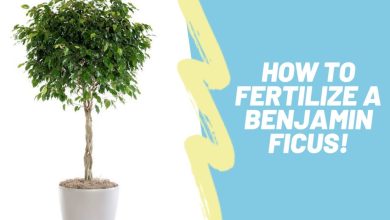
![Photo of Prune Chrysanthemums: [Importance, Season, Tools, Considerations and Steps]](https://www.complete-gardening.com/wp-content/uploads/2022/08/prune-chrysanthemums-importance-season-tools-considerations-and-steps-390x220.jpg)
![Photo of Celinda: [Characteristics, Cultivation, Care and Disadvantages]](https://www.complete-gardening.com/wp-content/uploads/2022/08/celinda-characteristics-cultivation-care-and-disadvantages-390x220.png)
